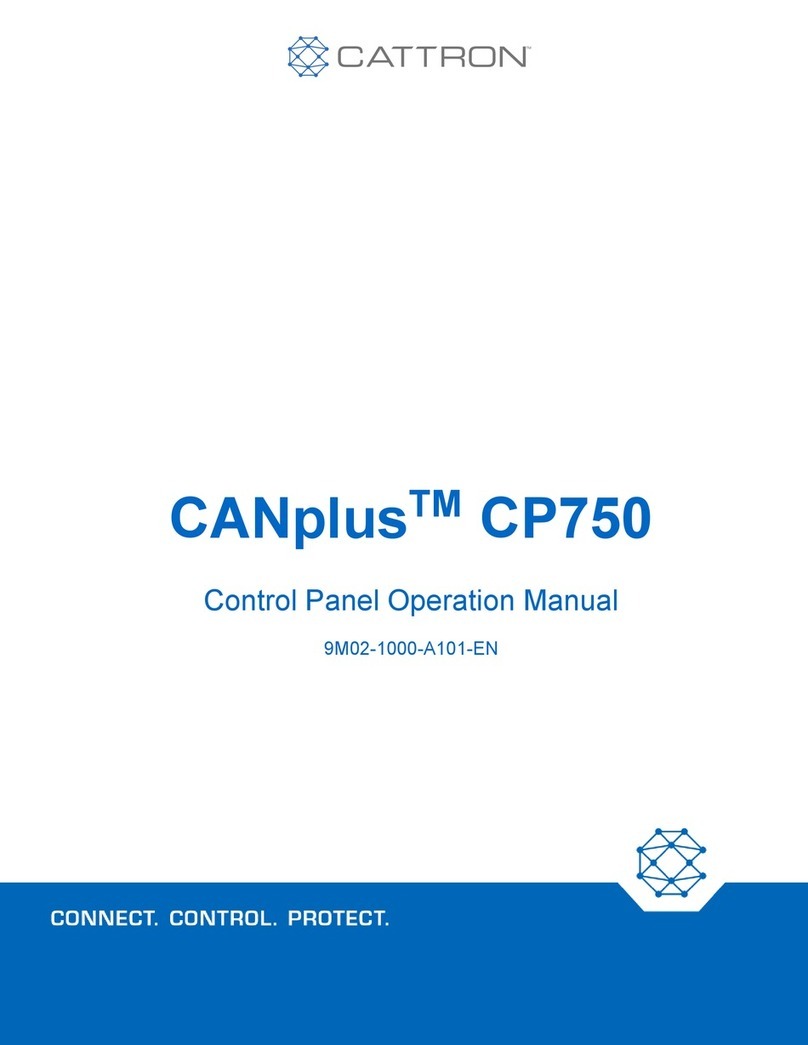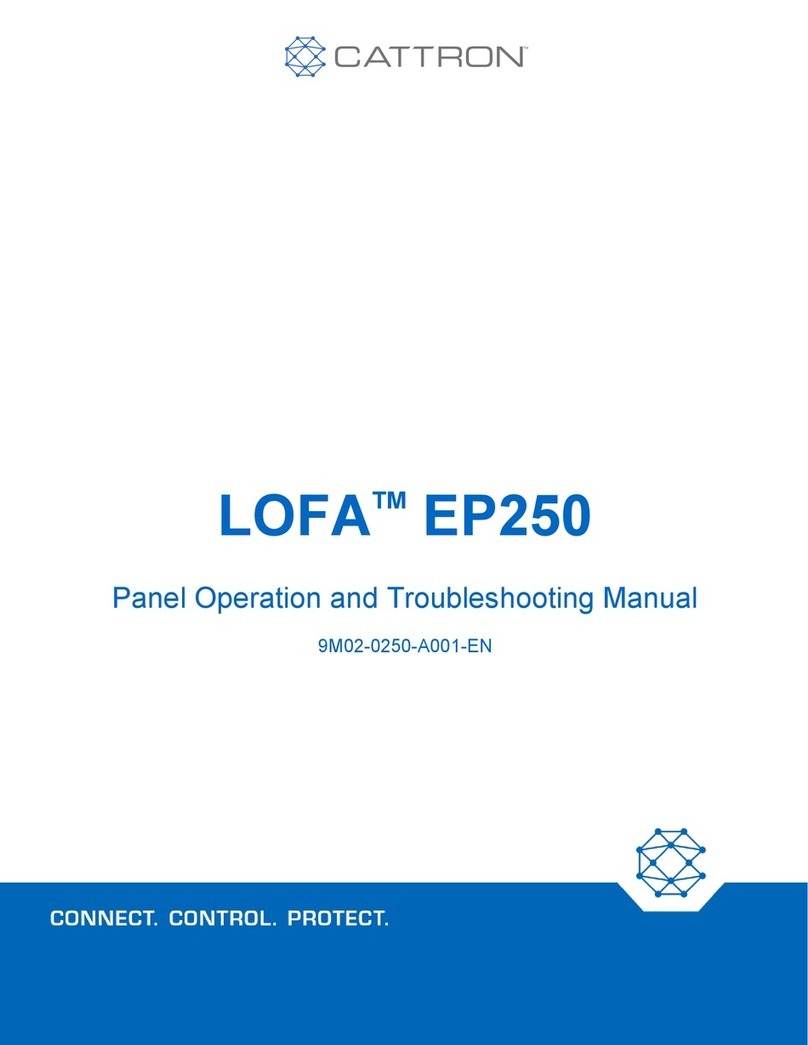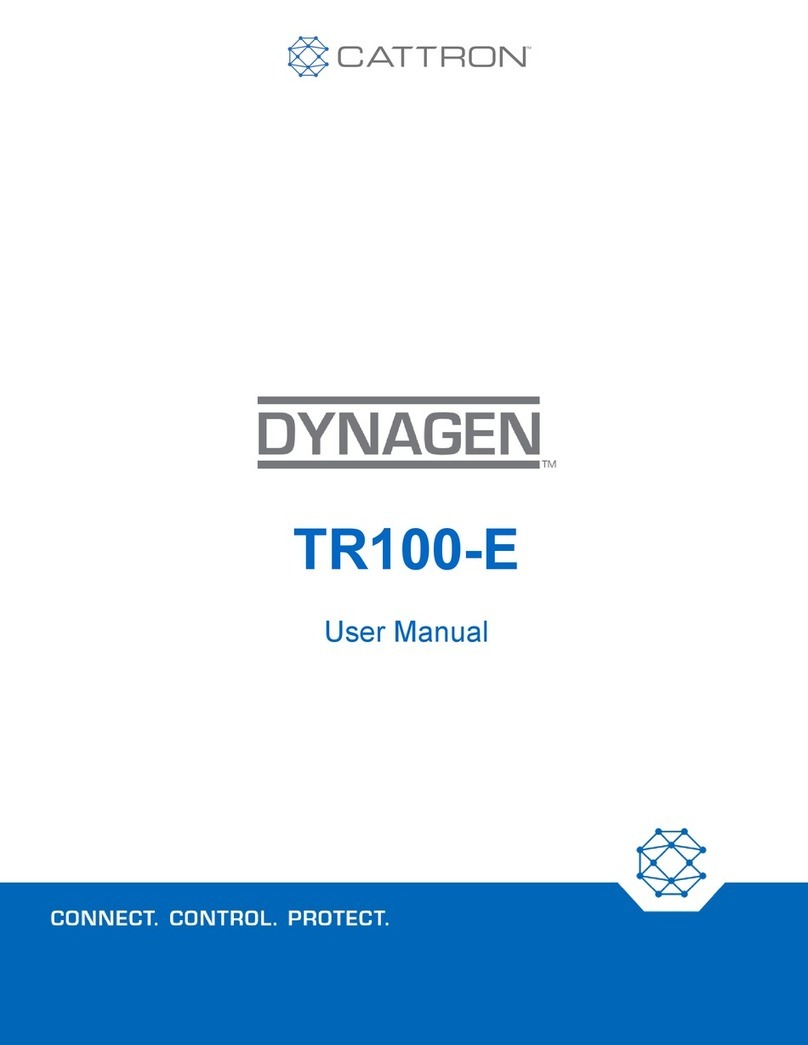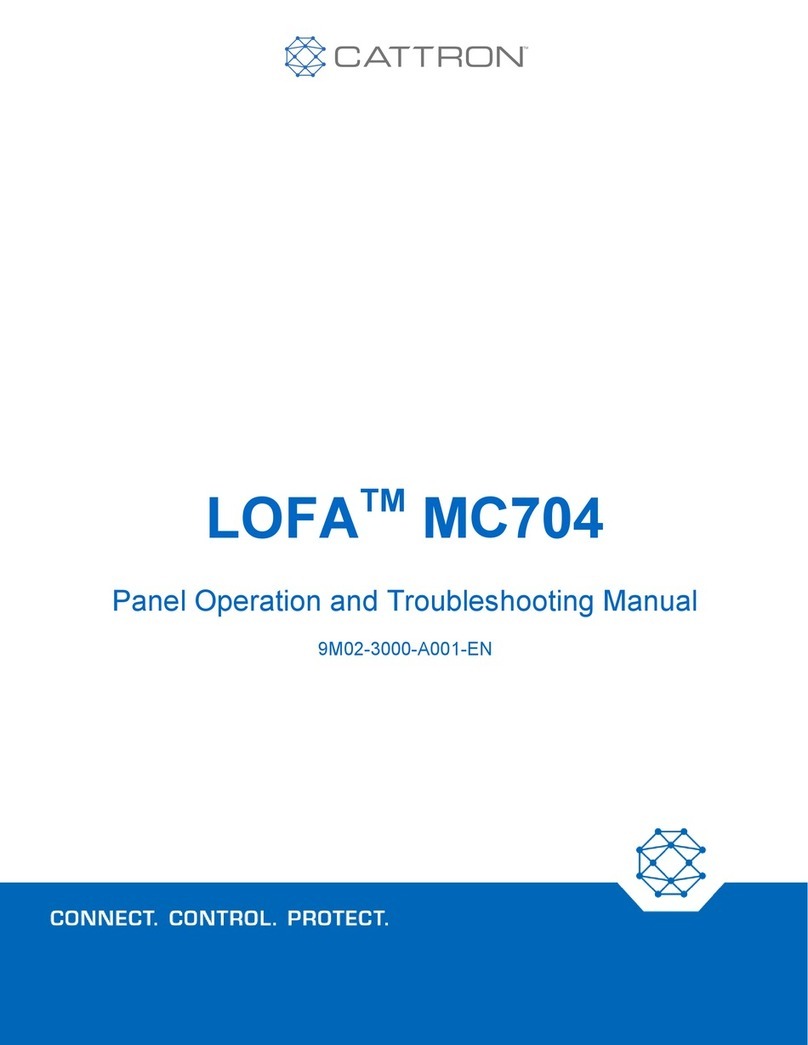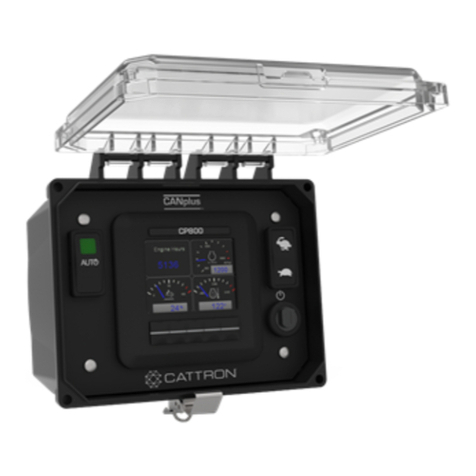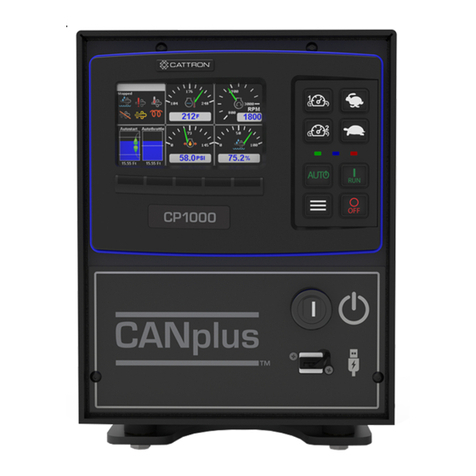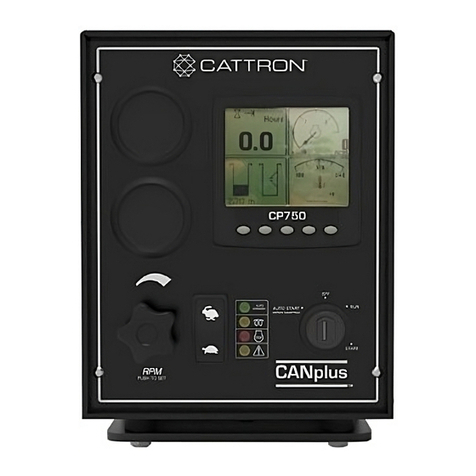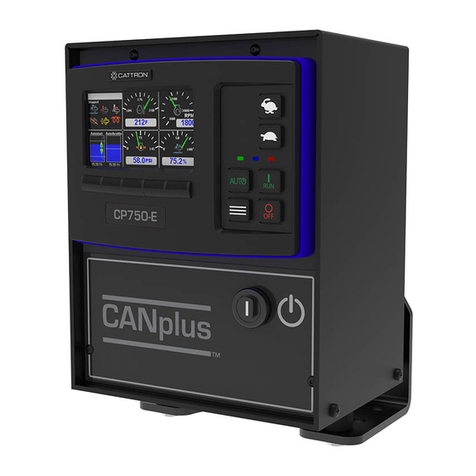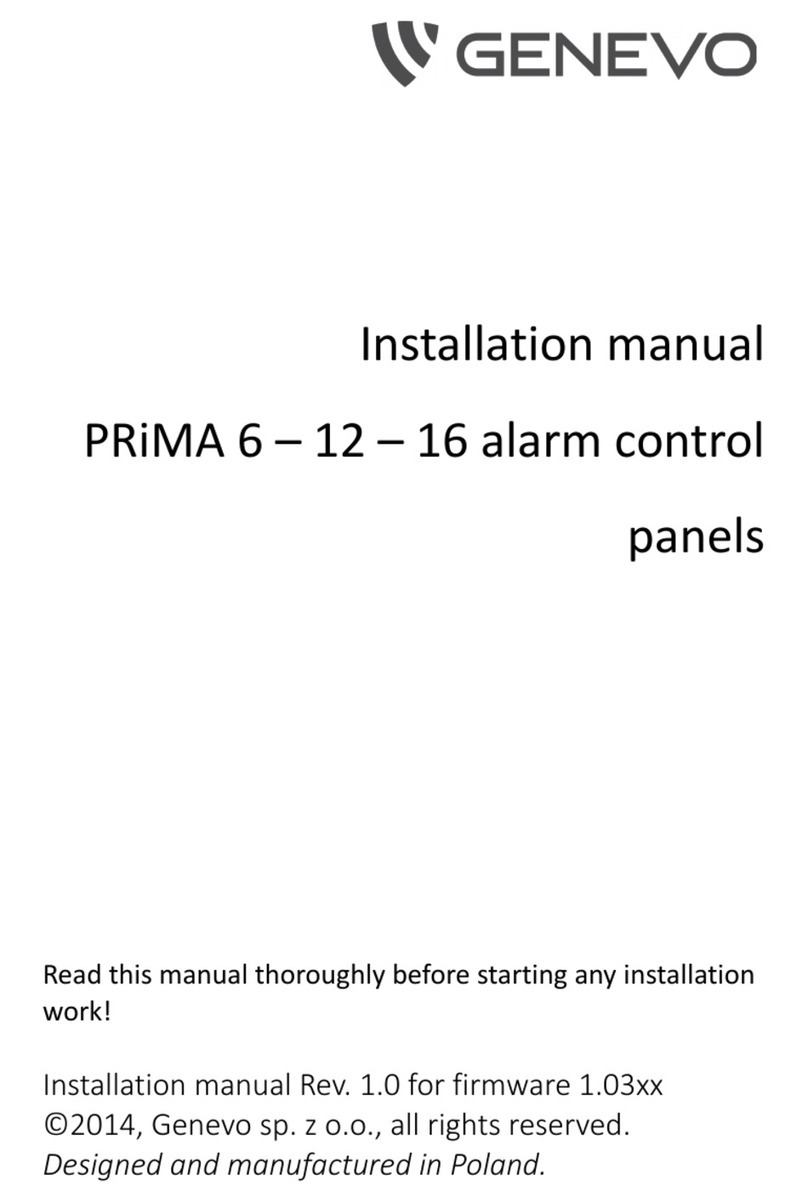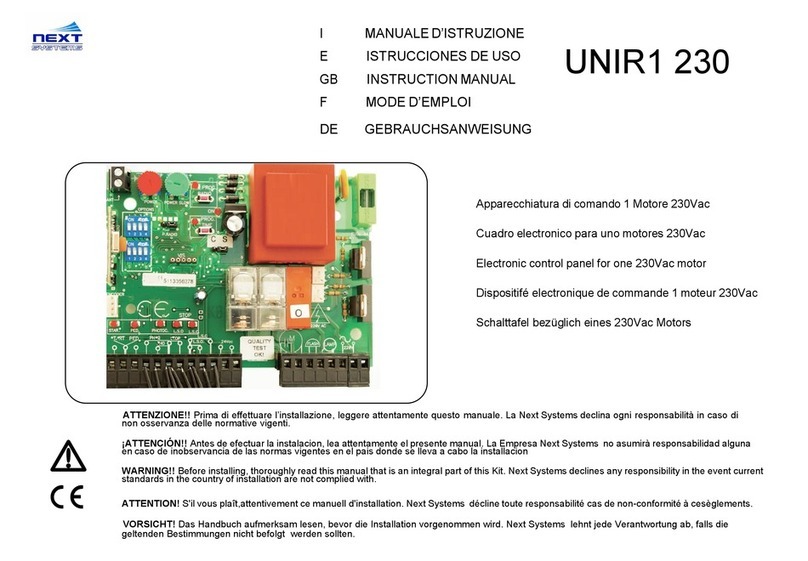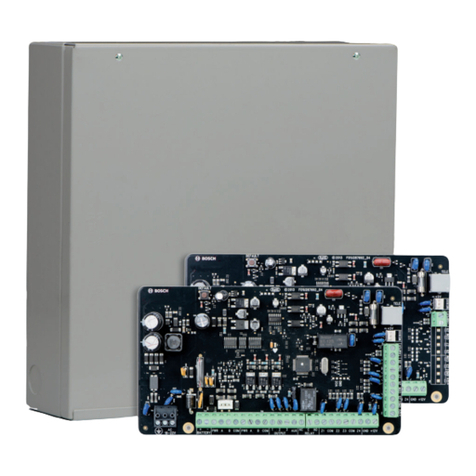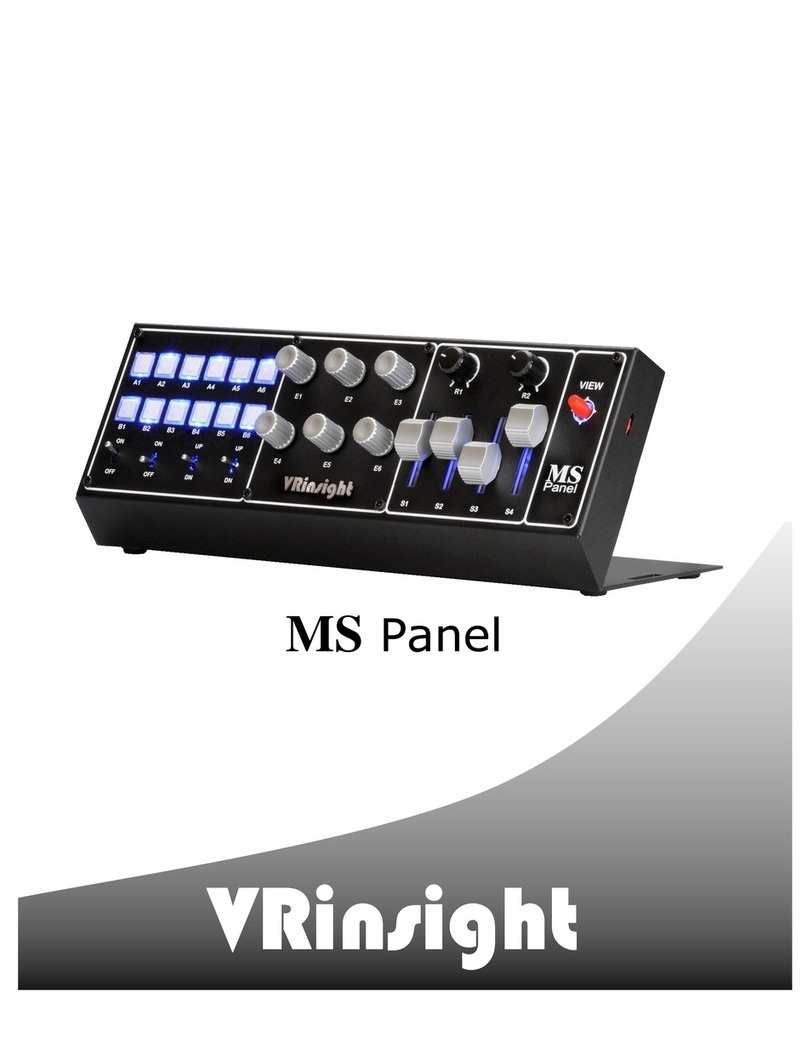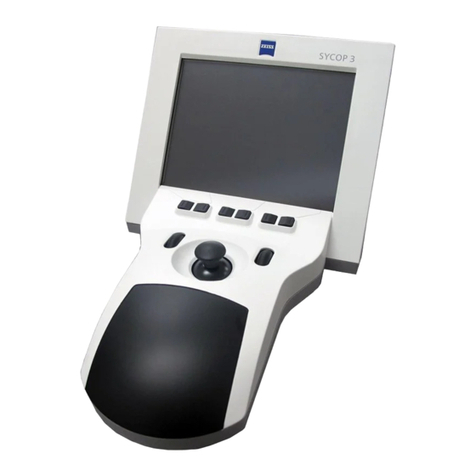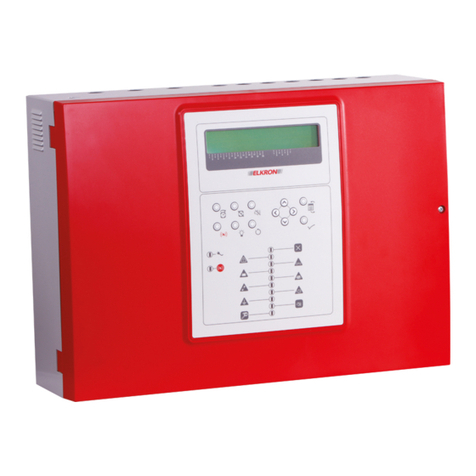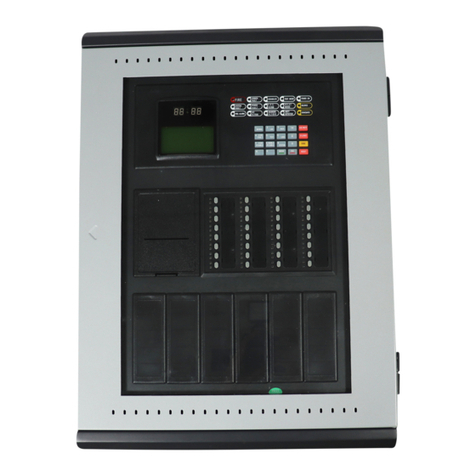
CANplusTM CP640 - EN
Control Panel Operation Manual
Revision B
Contents
1 Important Safety and Emissions Information ...................................................................................................... 5
1.1 Safety Notation......................................................................................................................................... 5
1.2 Safety Instructions.................................................................................................................................... 5
1.3 Auxiliary Engine Stop Disclaimer ............................................................................................................. 6
1.4 General Emissions Disclaimer ................................................................................................................. 7
1.5 Exhaust Emissions Compliance Disclaimer............................................................................................. 7
2 Overview.............................................................................................................................................................. 8
3 Display ............................................................................................................................................................... 10
3.1 Adjusting Lighting and Contrast ............................................................................................................. 10
3.2 Button Bar .............................................................................................................................................. 10
3.3 Analog Gauge Pages ............................................................................................................................. 11
3.4 Digital Gauge Pages .............................................................................................................................. 12
3.5 Single Analog Gauge ............................................................................................................................. 12
3.6 Active Alarms ......................................................................................................................................... 12
3.7 Alarm List ............................................................................................................................................... 12
3.8 Service Timers ....................................................................................................................................... 13
3.9 Menus .................................................................................................................................................... 13
3.9.1 Menu Tree................................................................................................................................. 14
3.9.2 Access Levels ........................................................................................................................... 16
4 Manual Operation .............................................................................................................................................. 18
4.1 Throttle Control ...................................................................................................................................... 18
4.2 Ramp Throttle ........................................................................................................................................ 18
4.3 Rotary Throttle Control........................................................................................................................... 19
4.4 Stopping the Engine............................................................................................................................... 19
4.5 AutorampTM ............................................................................................................................................ 19
5 Configuration ..................................................................................................................................................... 22
5.1 Display Menu ......................................................................................................................................... 22
5.2 CANplusTM Software Suite and CANplusTM Config Kit .......................................................................... 22
5.3 CANplusTM Customizer Software Suite and a USB Drive...................................................................... 22
6 Miscellaneous.................................................................................................................................................... 24
6.1 Emissions System Functionality ............................................................................................................ 24
6.2 CP640 Panel Wiring............................................................................................................................... 24
